I'm writing a program that needs to quickly check whether a contiguous region of space is fillable by tetrominoes (any type, any orientation). My first attempt was to simply check if the number of squares was divisible by 4. However, situations like this can still come up:


As you can see, even though these regions have 8 squares each, they are impossible to tile with tetrominoes.
I've been thinking for a bit and I'm not sure how to proceed. It seems to me that the "hub" squares, or squares that lead to more than two "tunnels", are the key to this. It's easy in the above examples, since you can quickly count the spaces in each such tunnel — 3, 1, and 3 in the first example, and 3, 1, 1, and 2 in the second — and determine that it's impossible to proceed due to the fact that each tunnel needs to connect to the hub square to fit a tetromino, which can't happen for all of them. However, you can have more complicated examples like this:

...where a simple counting technique just doesn't work. (At least, as far as I can tell.) And that's to say nothing of more open spaces with a very small number of hub squares. Plus, I don't have any proof that hub squares are the only trick here. For all I know, there may be tons of other impossible cases.
Is some sort of search algorithm (A*?) the best option for solving this? I'm very concerned about performance with hundreds, or even thousands, of squares. The algorithm needs to be very efficient, since it'll be used for real-time tiling (more or less), and in a browser at that.